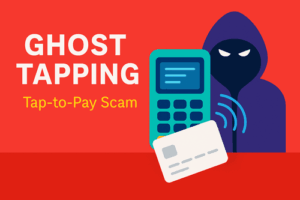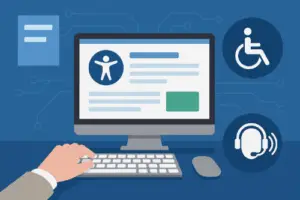Understanding Cybersecurity for Nonprofits: A Comprehensive Guide for Business Owners and IT Professionals
In the current digital era, grasping the importance of cybersecurity is essential for nonprofits aiming to safeguard sensitive information and sustain the trust of their stakeholders. Given that nonprofit organizations typically manage substantial volumes of private data—from donor details to internal records—they become attractive targets for cyber threats. Tackling these concerns necessitates a rigorous approach to cybersecurity for nonprofits, focusing not just on implementing the NIST Cybersecurity Framework but also on maintaining awareness of current nonprofit cybersecurity statistics. This guide is designed to be a reliable resource for business owners and IT professionals, offering clear, expert solutions to strengthen cybersecurity measures and foster a culture of awareness and vigilance in protecting vital data assets.
Key Cybersecurity Concerns for Nonprofits
Importance of Data Protection
Data protection is critical for nonprofits due to the sensitive nature of the information they maintain. Nonprofits frequently gather data such as donor details, financial records, and confidential beneficiary information, all of which must be protected against unauthorized access and data breaches. A single breach could have catastrophic consequences, including financial losses and reputational damage. Furthermore, nonprofits have an ethical duty to safeguard the privacy of their stakeholders. Implementing robust cybersecurity measures ensures compliance with data protection regulations, like GDPR or CCPA, and fosters trust with donors and partners. Adopting frameworks such as the NIST Cybersecurity Framework assists nonprofits in establishing a structured approach to data protection. This includes identifying potential threats, securing data through encryption and access controls, promptly detecting breaches, and having a response plan ready. By prioritizing data protection, nonprofits not only secure their operations but also uphold their commitment to their mission and community.
Common Threats Facing Nonprofits
Nonprofits encounter several cybersecurity threats that can jeopardize their data integrity and operational continuity. Common threats include phishing attacks, where cybercriminals deceive employees into divulging sensitive information through fraudulent emails. Ransomware poses another significant threat, with attackers encrypting crucial data and demanding a ransom for its release. Nonprofits are also susceptible to insider threats, where current or former employees misuse their access to steal or damage data. Moreover, many nonprofits operate with limited IT resources, making them vulnerable to weaknesses in outdated software and systems. The prevalence of these threats underscores the importance of regular cybersecurity training and awareness programs for staff. Understanding these risks enables nonprofits to establish more effective defenses, such as implementing strong email security protocols, maintaining up-to-date software, and conducting regular security audits. By addressing these common threats, nonprofits can better protect their valuable data and sustain trust with their supporters and beneficiaries.
Impact of Cyber Attacks on Nonprofits
Cyber attacks can have grave repercussions for nonprofits, affecting not only their financial state but also their reputation and ability to accomplish their mission. When a nonprofit endures a data breach, it may incur substantial financial losses due to remediation costs and potential legal penalties related to compromised sensitive information. Furthermore, the loss of donor confidence can result in decreased funding, further straining resources. The reputational damage from a cyber attack can be enduring, eroding trust with stakeholders and the public. Operational disruptions caused by attacks, such as ransomware, can halt programs and services, impacting the nonprofit’s beneficiaries. Additionally, nonprofits may need to allocate limited resources to enhance cybersecurity measures post-attack, diverting funds from vital mission objectives. Recognizing the impact of cyber attacks underscores the necessity of proactive cybersecurity strategies, ensuring nonprofits can continue to operate effectively and maintain the confidence of their donors and communities.






